Beatles Now and Then: How AI rescued a Cassette Tape Demo
One of the most legendary acts in the history of pop music, The Beatles Now and Then marks their first new song release in over 30 years. AI technology helped to recover vocal parts from a cassette demo tape, previously felt to be unusable. Is this a case of AI helping, rather than hindering artists? We delve into the background behind one of 2023’s biggest releases…
The Beatles Now and Then
When it comes to pop royalty, acts don’t get much bigger or more influential than The Beatles. Over a ten-year career from 1960 to 1970, their influence as a band was incalculable. The recording innovations pioneered by The Beatles, their producer George Martin and engineers such as Geoff Emerick were revolutionary. Effects such as flanging, phasing and double tracking were all pioneered, if not invented, specifically for The Beatles recording sessions at Abbey Road Studios.
Now, over five decades since The Beatles disbanded, cutting-edge technology is again assisting a new Beatles release. Now and Then will be revealed on November 1st 2023, and is being hailed as “the last Beatles song”. Why has it taken so long for this song to see the light of day? And why have we had to wait so long to hear it?

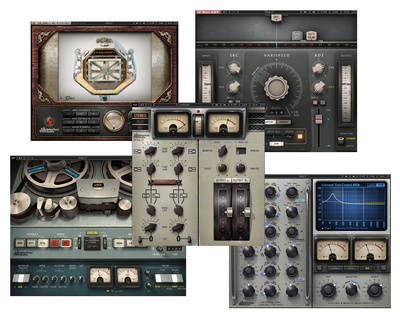
Cassette Demos
As you might expect, the exact details behind how Now and Then came to be seem closely guarded. However, after a hunt around the internet, a clear and plausible story seems to emerge. In 1977 John Lennon recorded three demo songs, at home, on cassette tape. Two of those recordings were extensively reworked and released as part of The Beatles Anthology series. If you cast your mind back to 1995 then you may remember the songs “Free as a Bird” as well as “Real Love“.
Producer (and founder member of ELO) Jeff Lynne created those songs by “digitally processing” the original cassette demo songs and then overdubbing the serving members of The Beatles. The results, for the mid-90s, were remarkable and both songs scored top ten hits internationally. However, what happened to that third song?
It’s only recently been revealed, that the third song on Lennon’s demo tapes was “Now and Then”. However, even though George Harrison recorded a guitar part for the song, he vetoed its completion and release. Harrison’s widow, Olivia Harrison said in a statement:
Back in 1995, after several days in the studio working on the track, George felt the technical issues with the demo were insurmountable and concluded that it was not possible to finish the track to a high enough standard
AI to the Rescue!
And so, for almost 30 years, Now and Then has sat gathering dust, along with George Harrison’s guitar parts, awaiting a solution. The problem, it appears, was separating Lennon’s vocal from the piano he recorded at the same time. These weren’t multitrack recordings or even studio-quality takes. However 21st 21st-century technology had a solution for isolating and extracting Lennon’s vocal, in a way that wasn’t possible back in the mid-90s.
In 2021, Peter Jackson directed the Beatles film “Get Back” using a large amount of footage shot around the time of the Let It Be sessions. A similar problem arose, where much of the audio came from a single-channel source. A “custom AI solution” was developed for Get Back, which allowed instruments, voices and background noise to be isolated.
The same AI technology has been used to finally isolate John Lennon’s vocal from his original cassette demo of Now and Then. In an interview with BBC Radio 4, Paul McCartney explained the breakthrough:
“We were able to take John’s voice and get it pure through this AI…then we can mix the record, as you would normally do. It gives you some sort of leeway.”




The Last Beatles Song
Sadly, there are now only two surviving members of The Beatles left alive: Ringo Starr and Paul McCartney. However, coupled with George Harrison’s aborted guitar takes from the mid-90s, the remaining members have headed into the studio. Jeff Lynne, once again, is providing production input. Interestingly we understand that Backing vocals from other Beatles sessions have been flown in and manipulated to for part of Now and Then. Keen-eared listeners may be able to pick out backing vocals taken from Here, There and Everywhere, Eleanor Rigby and Because.
Much has been spoken about how AI poses a threat to us all as creatives, and undoubtedly its abuse does pose a potential threat to creativity. However, The Beatles Now and Then represents a truly credible and creative use of AI. I wonder how many other, previously unusable demos, may now emerge from the vaults over the coming years?
What are your thoughts on the use of AI in music? Are there any recordings you feel would benefit from the same treatment as The Beatles Now and Then? Let us know in the comments!
More Information
You are currently viewing a placeholder content from YouTube. To access the actual content, click the button below. Please note that doing so will share data with third-party providers.
You are currently viewing a placeholder content from YouTube. To access the actual content, click the button below. Please note that doing so will share data with third-party providers.
You are currently viewing a placeholder content from YouTube. To access the actual content, click the button below. Please note that doing so will share data with third-party providers.
12 responses to “Beatles Now and Then: How AI rescued a Cassette Tape Demo”

 3,1 / 5,0 |
3,1 / 5,0 | 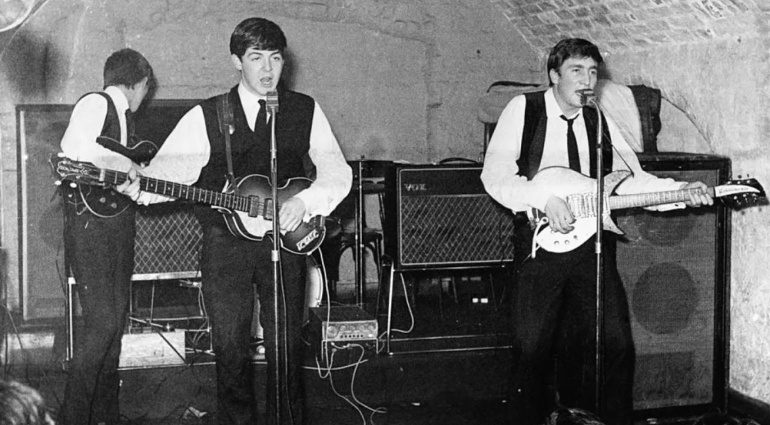


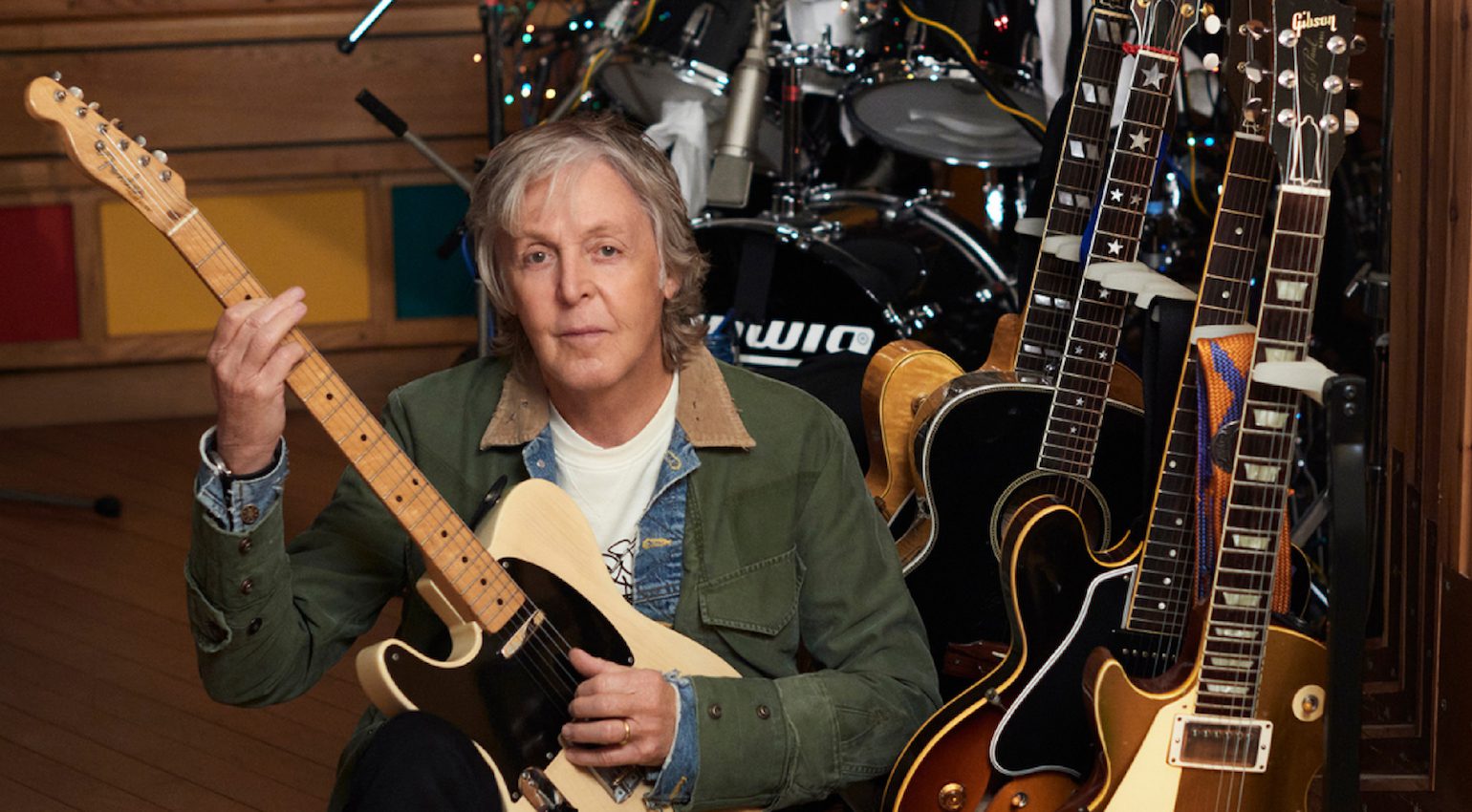
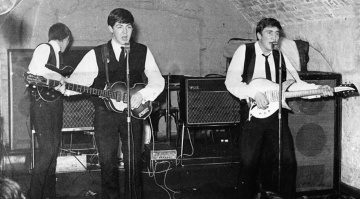

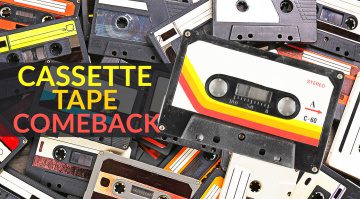
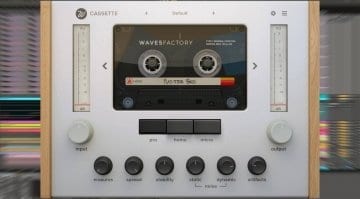
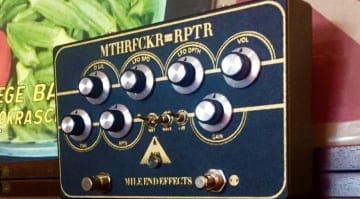

Finishing songs that dead men didn’t want released in the first place for commercial profit is exactly the type of dystopian use I expected for AI in music.
Dead people by definition do not exist. Music and life are for the living. Don’t be a gatekeeper. Music makes people happy.
Then music should be made by the living and not the dead. And music most certainly should not be made by stealing from the dead.
And what does “gatekeeping” have to do it?
People are actually responding to comments, whoo!
“Gatekeeping” seems to have morphed into a word that people insert into any topic to add emphasis.
It’s a The Beatles song, and Some Beatles are working on it. The only reason George objected to it, at least according to this article, is that John’s vocals were jacked. Now they’ve enhanced the vocals. Where are we getting this idea about dead men not wanting things to be released?
Exactly. As long as the article describes the exact reason that George didn’t want it released (which were entirely technical in nature, and not any problems with actual performance, lyrics etc.) then there’s no harm in revisiting the question, especially if Harrison’s estate doesn’t mind…
Only someone that hates The Beatles would think that a full quality NEW song is nothing more than a money grab…
I find it interesting that Jeff Lynne could accomplish the same results almost 30 years ago without having to use AI. It just goes to show how we have let computers ruin our ingenuity and creativity.
Or maybe it allows us to shift our creativity to more “pressing issues”. …also pressing issues like pressing records lol
If we can get the same results or better with the help of AI, then we can get the song done and then get more work done.
Also, they finished the song with the *help* of AI. Using AI still requires creativity and ingenuity. Also also, AI isn’t this monolithic entity that just does everything with the press of a button. There are many types of AI systems, there are many ways to use them, and it takes creativity and ingenuity to develop AI.
This is pretty minor use of AI, essentially noise reduction, so I can’t understand why anyone would find it objectionable. To me AI is just another tool, it can be beautiful (e.g. Youtuber Dae Lims’ Beatles and Beach Boys productions) or dreadful.
I’m just happy we got some AI news that isn’t click-bait like that AI rapper from a while ago.
Although, this Beatles news kind of has the same energy as FN Meka (I’m ashamed that I even vaguely remember the name 🤣🤣), in terms of marketing. Everyone here is raving about AI instead of listening to the song and talking about how it sounds…except it’s not even out yet, which adds to the “marketing ploy” aspect of this news.
I still think AI will always be mostly a gimmick. People who don’t care about art will use AI-generated emojis for their twitch stream, and that whole side of art that’s commercial and vapid will continue to exist as it always has, while the people who care about art will continue to seek authenticity or whatever.
Does it really matter that Some Beatles used AI? I was listening to the White Stripes when I was a kid because I loved the music, not because I read about all the weird creative things that Jack does. It’s only years later thanks to YouTube that I’ve seen all that technical stuff. Jack’s music isn’t better just *because I know* some of his techniques. It’s good *because he used them*, and I didn’t need articles all over the news to explain why it sounded good.
I’m not criticizing the potential marketing gimmick, just explaining where that kind of thing sits in my experience. It seems largely inconsequential to me, and that’s where I think AI will sit in art, at least for a while until we’re living in the pods with tunes up our bums.
Seems like a lot of effort to go through when you can find someone who sounds exactly like John Lennon at any open mic night.
(What’s the betting that’s what actually happened here?)
It’s been a while since I listened, but his son Sean sounds like him too.
Because it’s no more the actual Beatles than any soundalike Beatles cover band if it’s not actually John singing.
Really astounded this was even brought up.
Steve Hackett’s Genesis covers can sound scarily like Gabriel era Genesis, but he would NEVER put out any product under the Genesis name.
You are currently viewing a placeholder content from Facebook. To access the actual content, click the button below. Please note that doing so will share data with third-party providers.
More InformationYou are currently viewing a placeholder content from Instagram. To access the actual content, click the button below. Please note that doing so will share data with third-party providers.
More InformationYou are currently viewing a placeholder content from X. To access the actual content, click the button below. Please note that doing so will share data with third-party providers.
More Information